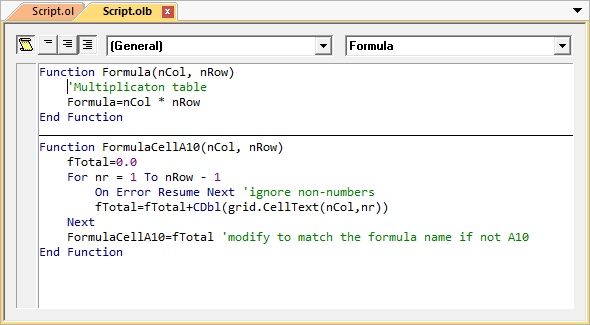

If the browser is not already running when you display Help, the debugger might display a blank window, and the Script Debugger might hang. If you are running Internet Information Server, start Internet Explorer 4.0 before choosing Help Topics from the Help menu. Starting a browser before displaying Help Help is displayed in the default Web browser.
#MICROSOFT SCRIPT DEBUGGER INSTALL#
You can reinstall the Script Debugger by running the IIS installation and choosing to install just the Script Debugger. Uninstalling IIS If you uninstall Internet Information Server 4.0, the uninstall process will also remove the Script Debugger, even if you installed the Script Debugger separately. Uninstalling previous versions of the Script Debugger If you installed the Script Debugger for Internet Explorer 3.0, you must uninstall that version before proceeding with this installation. If you attempt to use the Script Debugger with earlier versions of Internet Explorer (such as Internet Explorer 3.0 or the Platform Preview release of Internet Explorer 4.0), or with earlier versions of Internet Information Server, the debugger will not work and could disrupt IIS service. Because the Script Debugger is designed to be generic across script hosts, Setup does not check for specific versions of products being installed, so you must ensure that you are running the correct versions of these products. Using the correct version Microsoft Script Debugger works with Microsoft Internet Explorer 4.0 or with Internet Information Server 4.0. If you install the Script Debugger after installing any Visual Studio products and you will no longer be able to start the Visual Studio debugger in response to errors reported by Internet Explorer 4.0. Visual Studio includes its own debugger that you can use to debug scripts and Java components. Using the Script Debugger with Microsoft® Visual Studio™ 98 In general, you should not install the Script Debugger if you have already installed Visual Studio 98 or any of its component products such as Microsoft® Visual InterDev™ or Microsoft® Visual J++™. Script Debugging in Internet Information Server 4.0 HTML Source EditorScript Debugging in Internet Explorer 4.0 Installing and Starting the Script Debugger To make changes to your script, you need to go back to the Outlook Script Editor.This document provides information about using the Microsoft Script Debugger, including tips for installing and using the debugger successfully, and information that became available too late to be included in the documentation. (Note that you can view the source of your script in the Script Debugger, but it's read-only. This allows you to see how a particular procedure was called, which is especially helpful when that procedure is a part of a nested procedure. The Script Debugger includes all the currently running procedures in your script. You can execute methods inside of your script by calling them directly.

You can also change the value by typing in an assignment statement such as Item.Subject "My Debugged Script".

For example, you can print out to the Command window the value of a variable, such as the Subject property of the current item, by using the command ? Item.Subject. These changes are preserved only in the context of the current script. Through the Command window of the Script Debugger, you can view and change the values for specific variables in your application. You can also cause the script to continue executing normally after it has been stopped. You can either step through a procedure line by line or step over procedures. Once in the Script Debugger, you can control the execution of the script. When this Stop statement is encountered, the Script Debugger should be automatically launched. To set a breakpoint, insert a Stop statement in your VBScript code. The following list describes some of the common tasks you will want to perform with the Script Debugger: The second way is to launch it manually from a form that contains VBScript and is in run mode by choosing Tools/Forms and then Script Debugger.įigure 5-2. When you run your form and the Stop statement is executed, the Script Debugger should automatically be launched. The first way is by inserting a Stop statement in your VBScript. The Script Debugger can be launched in two ways. You can add this component by running Add/Remove Programs for Outlook 2000. The Script Debugger is part of the Development Tools component in Outlook. To use the Script Debugger, you must first install it. You also use this debugger for Microsoft Active Server Pages, so learn to use it-it will assist you as you develop all your Exchange Server applications. Using the Microsoft Script Debugger, shown in Figure 5-2, you can debug the VBScript you add to an Outlook application.


 0 kommentar(er)
0 kommentar(er)
